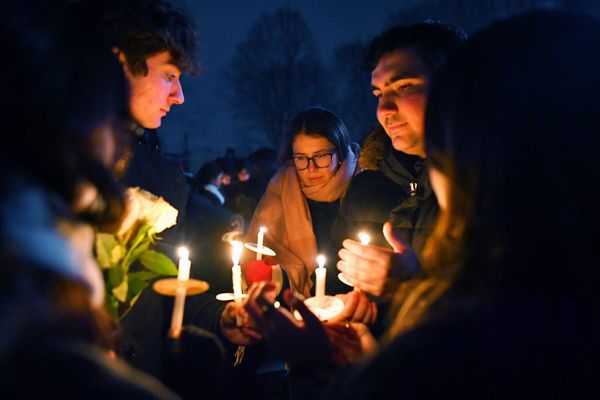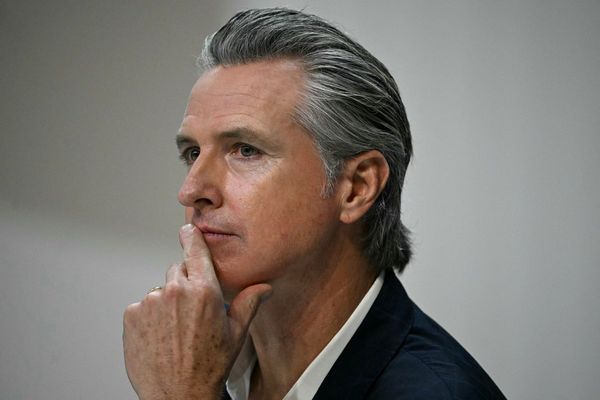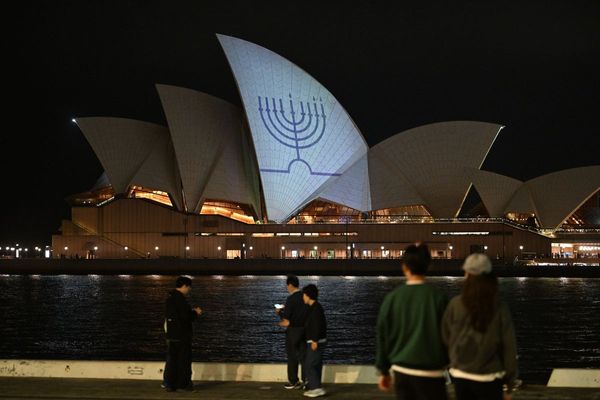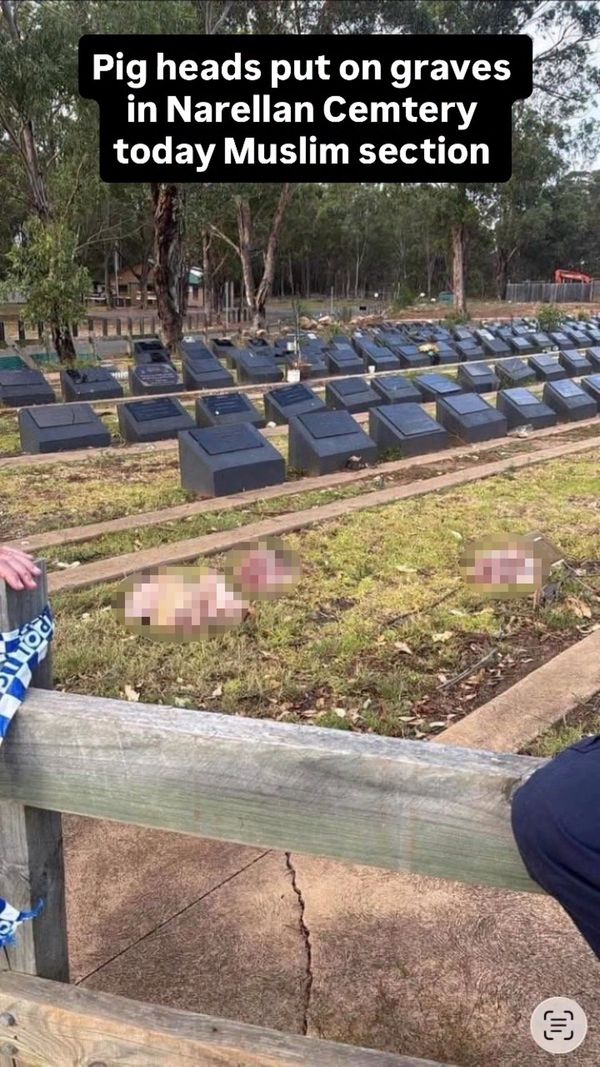
Moscow is poised to evacuate thousands of people from an entire Ukrainian region, removing them across the border to Russia.
There would soon be a further “organised relocation” of civilians away from front-line settlements, the Russian-backed leader in Ukraine’s Kherson region said on Wednesday (Australian time).
“I took the difficult but correct decision to announce the organised relocation of the civilian population of Beryslav, Bilozerka, Snihurivka and Oleksandrivka communities to the left bank of the Dnipro river,” Vladimir Saldo said on Telegram, referring to the eastern bank of the 2200-kilometre-long river that bisects Ukraine.
“This decision was prompted by the creation of large-scale defensive fortifications so that any attack could be repelled. There is no place for civilians where the military operate. Let the Russian army do its job,” he said.
Mr Saldo’s warning followed an admission from the commander of Russia’s forces in Ukraine, General Sergei Surovikin, that the situation in the southern city of Kherson was “difficult” and residents would be evacuated.
“The Russian army will above all ensure the safe evacuation of the population” of Kherson,” General Surovikin told Russian TV.
General Surovikin is nicknamed “General Armageddon” in Russian media after serving in Syria and Chechnya, where his forces pounded cities to rubble in a brutal but effective policy against its foes.
Kherson was the first, and so far the only major, Ukrainian city captured by Russia since its invasion began in February.
The wider region is one of four partially occupied Ukrainian provinces that Russia claims to have annexed, and arguably the most strategically important.
It controls both the only land route to the Crimea peninsula that Russia seized in 2014, and the mouth of the Dnipro.
Ukrainian forces have steadily retaken nearby territory in recent weeks. By Wednesday, they were only 30 kilometres south along the Dnipro, threatening to trap Russian troops.
“As a whole, the situation in the special military operation zone can be described as tense,” General Surovikin said.
“The enemy continually attempts to attack the positions of Russian troops.”
It was a rare admission of problems with the Russian offensive that was echoed by a top local official.
Russian-installed regional official Kirill Stremousov warned Kherson residents that “in the very near future” Ukrainian troops would launch an assault on the city, according to the BBC.
“Please take my words seriously – I’m talking about evacuating as quickly as possible,” he said on the Telegram messaging service.
He said people on the Dnipro’s west bank were most at risk.
General Surovikin said Ukraine’s attacks had damaged bridges and infrastructure. That had created supply problems for essential services, namely food deliveries, water and electricity, he said.
TASS quoted the governor of the Russian region of Rostov, which borders on the Ukrainian territories Moscow claims to have annexed, as saying his region was prepared to host anyone who chose to leave Kherson.
A flight of civilians from Kherson would be a blow to Russia’s claim last month to have annexed about 15 per cent of Ukraine’s territory.
Ukraine cities in the dark
Elsewhere, Ukraine President Volodymyr Zelensky said Russia had destroyed almost a third of his nation’s power stations in a week, as it rains more missiles down on infrastructure in what Kyiv and the West call a campaign to intimidate civilians.
Missiles struck power stations in the capital Kyiv, where they killed three people, and in Kharkiv in the east, Dnipro and Kryvyi Rih in the south, and Zhytomyr in the west, causing blackouts and knocking out water supplies.
One man was killed in his flat, which was destroyed in Mykolaiv in the south.
“The situation is critical now across the country … The whole country needs to prepare for electricity, water and heating outages,” Kyrylo Tymoshenko, deputy head of the Ukrainian president’s office, told Ukrainian television on Tuesday.
Russia has openly acknowledged targeting Ukraine’s energy infrastructure with waves of missile and drone strikes since the start of last week, in what Mr Putin said was legitimate retaliation for a blast on a bridge.
Kyiv and the West say intentionally attacking civilian infrastructure is a war crime, and the attacks, aimed at leaving Ukrainians with no heat and power as winter arrives, are Mr Putin’s latest tactic to escalate a war his forces are losing.
Mr Zelensky said Russia was continuing to try to terrorise and kill Ukrainian civilians.
“Since Oct. 10, 30 per cent of Ukraine’s power stations have been destroyed, causing massive blackouts across the country,” he wrote on Twitter.
Mr Zelensky reiterated his refusal to negotiate with Mr Putin, who he says heads a “terrorist state”.
Mr Zelensky ruled out negotiations after the Russian leader announced the annexation of four Ukrainian provinces. Mr Putin has also called up hundreds of thousands of reservists and threatened to use nuclear weapons since mid-September after his forces faced humiliating battlefield losses.
There was no immediate word on how many people were killed in Tuesday’s strikes overall. A day earlier, Russia sent swarms of drones to attack infrastructure in Kyiv and other cities, killing at least five people.
Moscow denies deliberately targeting civilians, though it has pummelled Ukrainian villages, towns and cities in what it initially called a “special military operation” to disarm its neighbour.
-with AAP







